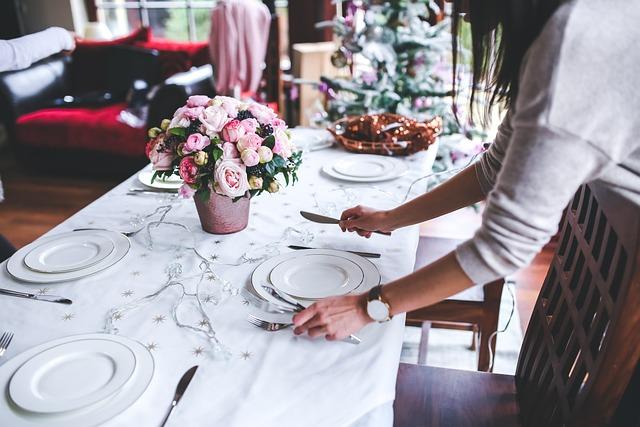In the world of cinema, where storytelling transcends mere words, the magic often unfolds in the spaces we inhabit on screen. Set design, an art form in its own right, serves as the silent architect of a film’s universe, shaping the narrative and guiding the audience’s journey. From the opulent halls of a period drama to the gritty backstreets of a noir thriller, the environments crafted by set designers are far more than just backdrops; they are vital characters in the storytelling ensemble. This article delves into the critical role set design plays in a film’s success, exploring how it enhances mood, supports character development, and ultimately transforms the viewer’s experience.
Crafting Atmosphere and Emotion
In the world of cinema, the magic of storytelling is often rooted in the subtle art of set design. It serves as the silent narrator, shaping the mood and enhancing the emotional journey of the audience. Through the careful selection of colors, textures, and architectural styles, a set can evoke feelings ranging from nostalgia to suspense. Imagine a dimly lit room with flickering shadows; it whispers secrets and invites curiosity, urging the viewer to delve deeper into the narrative.
- Color Palette: A deliberate choice of colors can influence emotions. Warm hues may convey comfort, while cooler tones might evoke isolation.
- Texture and Material: Rough, worn surfaces can suggest age and history, whereas sleek, modern finishes might speak of wealth and power.
- Spatial Arrangement: The positioning of objects and furniture affects the flow of movement and interaction, subtly guiding the audience’s focus.
These elements work in harmony to create a backdrop that not only supports the story but also elevates it, making the invisible visible and the impossible believable.

The Role of Set Design in Storytelling
Set design is a powerful tool that breathes life into the narrative by crafting immersive environments where stories unfold. A well-designed set can convey a film’s era, mood, and even the unspoken thoughts of its characters. It provides the audience with visual cues, allowing them to intuitively understand the context and emotions of the scene. By carefully selecting colors, textures, and architectural elements, set designers create a visual language that complements the script and performances, ensuring that every detail contributes to the overall storytelling.
- Establishes Setting: Instantly transports the audience to different times and places.
- Enhances Mood: Uses lighting and decor to evoke emotions and tension.
- Character Insight: Reflects the personality and inner world of characters.
- Supports Narrative: Reinforces themes and motifs through visual symbolism.
In essence, set design is not just a backdrop but an integral part of the storytelling process, working harmoniously with other cinematic elements to create a cohesive and compelling film experience.
Balancing Authenticity with Creativity
In the world of film, set design is a delicate dance between staying true to reality and unleashing the imagination. Authenticity ensures that the audience remains grounded, providing a believable backdrop that supports the narrative. This involves meticulous research, attention to historical details, and a keen eye for cultural nuances. Creativity, on the other hand, allows for the infusion of unique visual elements that captivate and engage, pushing the boundaries of what is possible.
- Historical Accuracy: Rooting designs in authentic elements to enrich storytelling.
- Visual Innovation: Crafting environments that inspire and provoke thought.
- Emotional Resonance: Creating spaces that echo the characters’ inner worlds.
Finding the right balance between these elements can transform a film from merely good to unforgettable. Set designers are the unsung architects of a film’s atmosphere, weaving a tapestry that both grounds and elevates the story.

Practical Tips for Effective Set Design
Crafting a compelling set design involves more than just placing props and furniture; it requires a keen understanding of the story’s essence and the characters’ journeys. Immerse yourself in the script and collaborate closely with directors and cinematographers to ensure that the set reflects the narrative’s mood and themes. A well-designed set not only enhances visual storytelling but also subtly influences the audience’s emotional connection to the film.
- Research and Inspiration: Dive into historical contexts, artistic movements, or cultural references relevant to your film to inspire authentic and meaningful designs.
- Color and Texture: Use colors and textures strategically to evoke specific emotions or symbolize character traits and plot developments.
- Functional Layouts: Design spaces that accommodate actors’ movements and camera angles, allowing for fluid storytelling and dynamic scenes.
- Attention to Detail: Small details can significantly impact authenticity. Consider every element, from the wallpaper to the smallest prop, to ensure consistency and believability.

